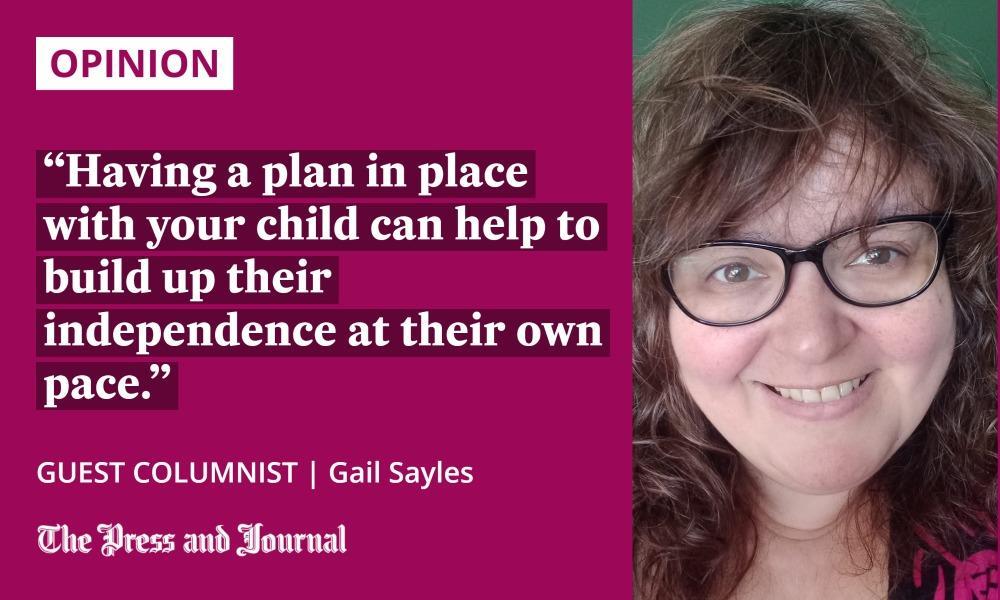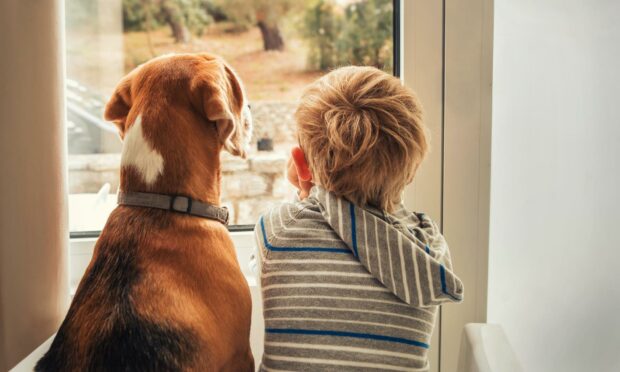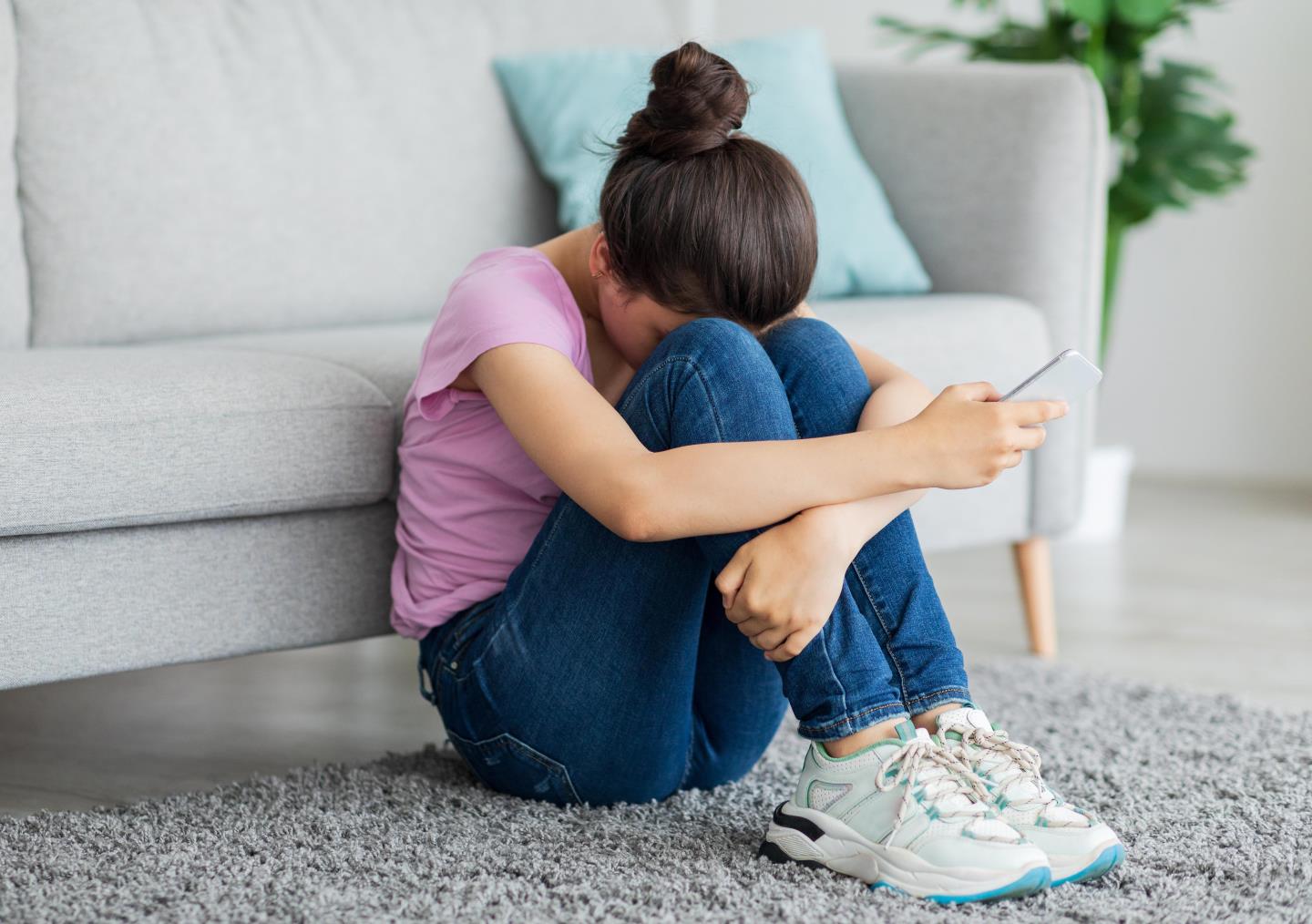With Easter just around the corner and children already on school holidays, many parents will currently have the extra worry of making childcare arrangements.
One of the things parents often seek support from the NSPCC helpline over is the appropriate age for allowing children to stay at home alone.
There isn’t a set rule for all, as every child is different but, between work appointments and other family commitments, it’s inevitable that all parents will have to leave their child home alone at some point. It can be difficult to know what’s best to do and it’s natural for parents to worry.
 There is no legal age after which a child can be left home alone, but it’s against the law to leave a child alone if it puts them at risk. A child who is considered not old enough or who doesn’t feel comfortable should never be left home alone. Every child matures differently, so it would be almost impossible to have a “one size fits all” law.
There is no legal age after which a child can be left home alone, but it’s against the law to leave a child alone if it puts them at risk. A child who is considered not old enough or who doesn’t feel comfortable should never be left home alone. Every child matures differently, so it would be almost impossible to have a “one size fits all” law.
As children get older, they will also want more freedom and independence, which brings new concerns for parents, too. This is another tough decision for parents and carers to make, and one that will differ from child to child.
That’s why having a plan in place with your child can help to build up their independence at their own pace. It’s always good to check in with them to make sure they feel safe whilst at home alone.
Check in regularly
Talk to your child about how they feel about being left without supervision. Are they worried about anything?
Regularly checking how they feel can highlight any concerns and will give you an idea of how to help or why they might not be ready to be left alone.
There are also checklists to help keep children safe, and advice for leaving children with another trusted adult. But, the most important thing to remember is that a child who doesn’t feel comfortable should not be left alone.
Parents can read more about this issue by visiting the NSPCC website.
Childline is here, too, and children can contact us 24 hours a day, seven days a week, on 0800 1111 or via a one-to-one chat at childline.org.uk.
Gail Sayles is local campaigns manager for NSPCC Scotland

